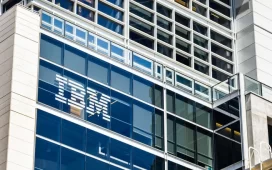If you’ve been stuck searching for Sector – Health funds, consider Vanguard Health Care Admiral (VGHAX) as a possibility. VGHAX bears a Zacks Mutual Fund Rank of 1 (Strong Buy), which is based on various forecasting factors like size, cost, and past performance.
Zacks categorizes VGHAX as Sector – Health, a segment packed with options. Sector – Health mutual funds offer investors a focus on the healthcare industry, one of the largest sectors in the American economy. These funds can include everything from pharmaceutical companies to medical device manufacturers and for-profit hospitals.
Vanguard Group is based in Malvern, PA, and is the manager of VGHAX. The Vanguard Health Care Admiral made its debut in November of 2001 and VGHAX has managed to accumulate roughly $34.63 billion in assets, as of the most recently available information. The fund is currently managed by Rebecca Sykes who has been in charge of the fund since May of 2023.
Obviously, what investors are looking for in these funds is strong performance relative to their peers. VGHAX has a 5-year annualized total return of 8.22% and is in the middle third among its category peers. Investors who prefer analyzing shorter time frames should look at its 3-year annualized total return of 4.94%, which places it in the middle third during this time-frame.
It is important to note that the product’s returns may not reflect all its expenses. Any fees not reflected would lower the returns. Total returns do not reflect the fund’s [%] sale charge. If sales charges were included, total returns would have been lower.
When looking at a fund’s performance, it is also important to note the standard deviation of the returns. The lower the standard deviation, the less volatility the fund experiences. VGHAX’s standard deviation over the past three years is 13.44% compared to the category average of 15.21%. Over the past 5 years, the standard deviation of the fund is 14.46% compared to the category average of 16.59%. This makes the fund less volatile than its peers over the past half-decade.
Investors should note that the fund has a 5-year beta of 0.62, so it is likely going to be less volatile than the market at large. Another factor to consider is alpha, as it reflects a portfolio’s performance on a risk-adjusted basis relative to a benchmark-in this case, the S&P 500. Over the past 5 years, the fund has a negative alpha of -2.68. This means that managers in this portfolio find it difficult to pick securities that generate better-than-benchmark returns.




